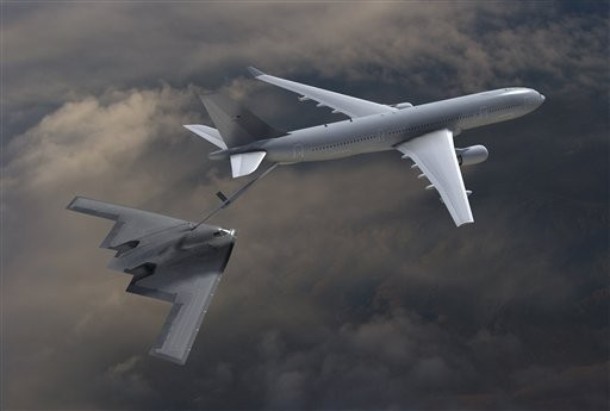
The contest against Al Qaeda (the “war on terror”) has moved to Yemen, where a franchise of the original organization, Al Qaeda on the Arabian Peninsula (AQAP) has set up shop and is organizing and dispatching terrorist missions against the United States (Ft. Hood, the Christmas underwear bomber) and apparently Great Britain , resulting in their upgrading of their terrorist alert level to the American equivalent of an “orange” alert. The question is, what to do about it?
In one sense,as noted last week, this is not an entirely new problem: Al Qaeda has been present in Yemen for awhile, and the United States and others have been investing in helping the Yemenis to beef up their capability to deal with this sort of problem. They have done so without great apparent enthusiasm, since anti-Americanism is alive and quite healthy in the desert country. Moreover, Yemen is geographically one great big Badlands of deserts and barren mountains, both of which provide protection for AQAP activities.
The first reaction by some Americans, of course, has been to send in the Marines (or Army), but our forces are more than occupied in those other ”fronts” of the war on terror in Afghanistan and Iraq, so there really aren’t any spare troops just lying around waiting to be deployed. Sending assets to aid in Haitian relief only empties the availability of forces reservoir a bit more. Conterterrorism and antiterrorism efforts continue quietly by the intelligence and law enforcement assets of the U.S. (the CIA, FBI, and ICE), but those efforts are below the public radar. What can be done dramatically to address the situation?
The likely American response, in the U.S. tradition for half a century or more, is to bomb them. Traditionally, of course, that meant dispatching the Air Force from friendly bases in the region (such as they exist) or launching airplanes or cruise missiles from aircraft carriers floating around the region. Increasingly, of course, the weapon of choice, available both to the military and the CIA, is the use of pilotless Predator drones armed with precision munitions.
Is this a good idea? Certainly, it has its attractions. For one thing, it is something we can do, and the simple fact of responding has a certain feel-good aspect to it. Second, it is an action that can be undertaken without engaging and thus further stressing American ground assets, who are not involved in such actions (other than the occasional use of Special Forces as spotters). Third, while overflying Yemen (or anywhere else) violates the sovereignty of the air space through which we fly, the violation is nowhere nearly as great as if ground forces are involved. Granted, the Pakistanis have complained so much that the United States no longer officially attacks Al Qaeda targets in the frontier areas any more, and the Yemenis have politely informed the U.S. not to send Predators over their soil, as they prefer attacking AQAP themselves (they would not mind being sold or given a few Predators of their own to do this). Nonetheless, the option is at least partially available. Finally, Predator air strikes are comparatively cheap, certainly more so than ground forces.
There are, however, some problems. First, it is not at all clear how effective these attacks are against the opponent. The United States has, after all, been trying to kill Usama bin Laden for nine years this way, and we have yet to succeed. Second, it is not clear that such attacks do not make matters worse rather than better. Whenever the U.S. has attacked supposed hostile targets in the region in the past (including Pakistan and Afghanistan), the result has been fairly considerable (depending on whose accounts one believes) collateral damage: the killing of innocent civilians who just happen to be in the area under attack.
The 2007 Counterinsurgency Manual (Army FM 3-24, Marine Warfighting Document 3-33.5) warns specifically about the problems this creates (Appendix E-5): “Bombing…can cause unintended civilian casualties. Effective leaders weight the benefits of every air strike against its risks. An air strike can cause collateral damage the turns people against the host-nation (HN) government and provides insurgents with a major propaganda victory.” In addition, the survivors of these attacks often become prime recruitment targets of the survivors. There is little reason to believe that aerial bombardment kills more Al Qaeda than the recruits it creates.
What to do about AQAP–and wherever the next Al Qaeda cell pops up–is not an easy task. “Bombing them back to the stone age,” in Curt LeMay’s charming entreaty, may sound macho and feel good, but it is not clear that it does not do more harm than it causes. Let’s hope that cooler heads prevail as an anti-AQAP response is honed.
Donald M. Snow, Professor Emeritus at the University of Alabama, is the author of over 40 books on foreign policy, international relations and national security topics. This essay was originally published at his blog What After Iraq?. Photo credit: AP.
Image: b-2-bomber.jpg
